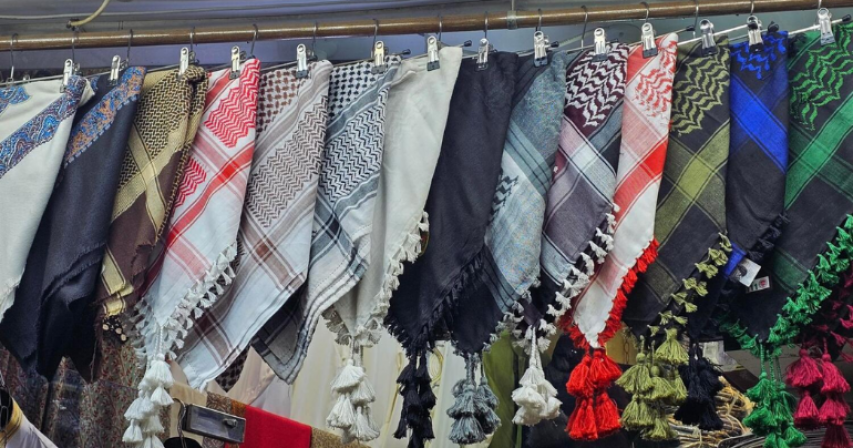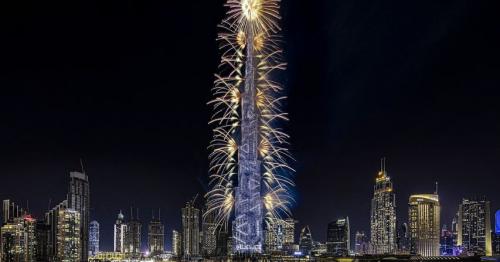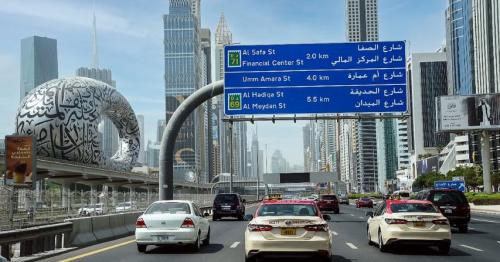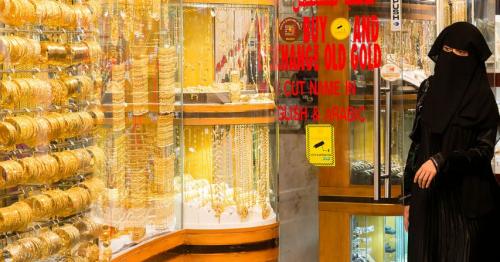Keffiyeh: Threads of Palestinian Identity and Resistance

The Keffiyeh: A Symbol of Liberation and Resistance
In the bustling streets of New York City, a subtle yet significant moment unfolded in Home Alone 2, where a street vendor wearing a distinctive keffiyeh captured a quiet nod to a symbol with a rich history. The keffiyeh, more than a mere fabric, stands as a profound statement—a legacy of resistance elegantly etched in black and white threads.
During the Arab Revolt in 1936, the keffiyeh transformed into a symbol of defiance for Palestinians battling British colonial rule. Its symbolic strength continued to grow, playing a vital role in the uprisings of the 80s and early 2000s. Late Palestinian President Yasser Arafat elevated the keffiyeh to an international emblem of Palestinian identity, draping it over his shoulder in a visual manifesto reflecting the pre-1948 map of Palestine.
The keffiyeh's fishnet pattern, the most recognizable, symbolizes the Palestinians' connection to the sea and signifies collective strength, subtly alluding to the nation's occupation. Olive leaves beneath the checks pay homage to the cultural significance of olive trees in Palestinian heritage, a resilient symbol of economic sustenance and unwavering attachment to the land. The bold lines traversing the keffiyeh are associated with historic trade routes or interpreted as walls constraining freedom, speaking a silent language—a visual code telling the long and nuanced tale of Palestine.
As the keffiyeh graces the shoulders of activists and adorns the profiles of celebrities, its silent proclamation echoes through time—a testament to sovereignty, identity, existence, and revolution. It stands not merely as a piece of cloth but as an unbroken thread weaving its story, with each thread representing the enduring spirit of the Palestinian people in their quest for freedom.
The roots of the keffiyeh extend deep into history, dating back to Sumerian times in Mesopotamia around 3100 BCE. The word 'keffiyeh' finds its origin in the 'Kufa' area of Iraq. Prior to the 1930s, it was worn by Bedouin tribes and Palestinian farmers for protection against the sun and sand storms.
During the 1936 Arab Revolt, Palestinians used the keffiyeh to conceal their identity, prompting a ban by British Mandate authorities. In response, Palestinians collectively embraced the keffiyeh, turning it into a potent symbol of resistance that persists to this day.
Known as a shemagh, Arab scarf, Palestinian hatta, yamegh, or igal, the keffiyeh carries diverse meanings and uses across cultures and regions. In Palestine, it is a common sight during solidarity protests, embodying a powerful symbol of resistance.
In recent years, the keffiyeh's entrance into the fashion world has sparked important conversations about its origins, but concerns about commercialization and commodification have arisen. Critics argue that turning the keffiyeh into a fashion accessory risks diluting its powerful message of resistance and solidarity, emphasizing the need for a sensitive and respectful approach to its cultural significance.
Nevertheless, the keffiyeh weaves a narrative that transcends time and borders. From its ancient origins to its role in political resistance, this square meter of fabric carries the hopes, struggles, and identity of the Palestinian people. As it continues to make a statement on the shoulders of activists and in the fashion world, the keffiyeh stands as a testament to the resilience, strength, and enduring spirit of a people in their quest for freedom.
For More Related Updates Please Visit Our Official Website
By- Sahiba Suri






Comments